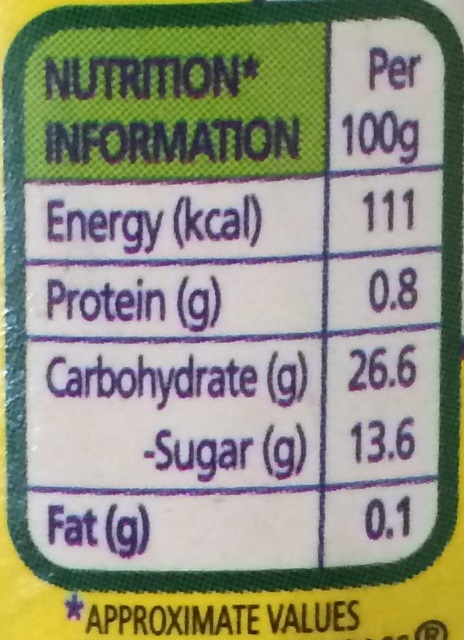Reading a Food Label: A Beginner’s guide
Eating Right. What does that mean? It’s nothing but reading the food label present at the back of all packed products to check the nutrition facts to make sure that you are eating the right amount of Calories and Macro-nutrients you require and not more than that. Sounds simple right? But for some people this might be quite confusing.
Now let’s say you have a bar of Snickers in your hand and you’ve just flipped it over to check the Nutrition facts, but didn’t quite understand the things written there. Guess what? you’re at the right place. It’s time to clear things up.
PS: If you’ve never flipped over your package of food to check the food label or nutrition facts, you better start. Because this is probably the most fundamental thing one has to learn in order to start the weight loss journey.
Now let’s get back to it.

See the image? That’s the Nutritional information of a “maggi tomato ketchup”. Let’s delve into the topic further and discuss the things written there.
Energy:
If you eat food, it will be digested and during digestion this food will be converted into something else, and this something else is called as Energy. Energy is represented either in kilo calories(kcal) or Calories note the uppercase ‘C’. This represents the total calories in exactly 100g of the ketchup. And, if you are trying to lose weight or gain weight, calories are easily the most important nutrition fact on the entire label.
Point to remember: Calories (with a capital C) = kcal = Energy
In this nutrition label we can see,
Energy (kcal) = 111 , which is nothing but 111 kcal or 111 Calories
so, Energy = 111 Calories
Now you many wonder, how is energy 111 Calories? and how is it calculated? Don’t worry I’ll explain it below.
It is given that,
Protein (g) = 0.8 , Carbohydrate (g) = 26.6 of which Sugar (g) = 13.6 , Fat (g) = 0.1 , ‘g’ is nothing but grams.
we already know that Protein and Carbohydrates are 4 Calories/gram and Fat is 9 Calories/gram. When you add up the Calories of all the macro-nutrients(ie., Protein, Carbohydrates and Fat) in the food, you will get the total amount of Energy. Lets do a simple calculation of the above label and see if we are getting the total amount of Energy
Protein = 0.8 g
so, 0.8 x 4 = 3.2 Calories
Therefore, Protein amounts to 3.2 Calories of Total Energy.
Carbohydrate = 26.6 g
so, 26.6 x 4 = 106.4 Calories
Therefore, Carbohydrate amounts to 106.4 Calories of Total Energy.
Fat = 0.1 g
so, 0.1 x 9 = 0.9 Calories
Therefore, Fat amounts to 0.9 Calories of Total Energy.
Total Energy = Protein + Carbohydrate + Fat
= 3.2 + 106.4 + 0.9
= 110.5 Calories
Therefore, Total Energy = 110.5 Calories/kcal
Now you might wonder the calculations gives 110.5 kcal only instead of 111 kcal. Is the calculation wrong?
No, Absolutely not. That minor discrepancy is because the calories specified on the nutrition label are not the exact values but the approximate values. You can see a little ‘*’ mentioned near the NUTRITION INFORMATION on the label and at the very bottom you can see *APPROXIMATE VALUES.
If you are not familiar with macro-nutrients and calories please visit this post for more information: Micro and Macro-nutrients: A Beginners guide.


